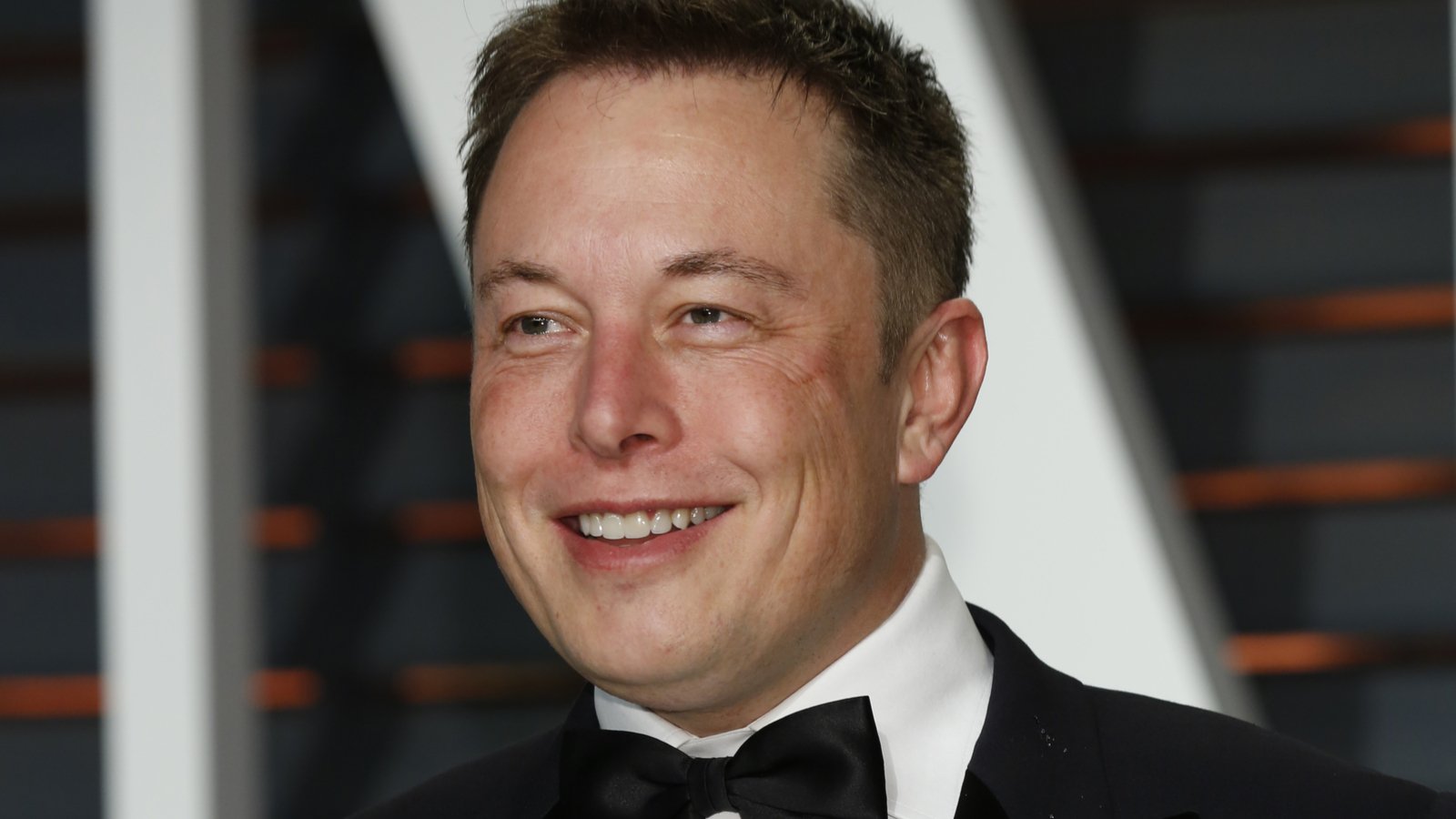- Tesla (TSLA) stock dropped by more than two Twitters (TWTR) in a day.
- Some investors understandably question paying 18 times revenue for a luxury nameplate.
- For now, the mid-market belongs to Tesla’s rivals.
Tesla (NASDAQ:TSLA) stock dropped the equivalent of two Twitters (NASDAQ:TWTR) the day after the social media company agreed to Elon Musk’s $44 billion leveraged buyout offer, which reportedly includes a $12.5 billion personal loan secured by his equity stake in the electric car company.
TSLA stock fell more than 12% in Tuesday’s session. And while it has recouped a little of the loss, shares are still trading 11.7% below where they were when the deal was announced. The sell-off demonstrates how vital Musk is to Tesla. It also shows how vulnerable the EV maker has become.
Even at its lower valuation of about $911 billion, Tesla is still worth more than the other top automakers combined. Toyota (NYSE:TM) is worth $237 billion. Volkswagen (OTCMKTS:VWAGY) has a market cap of about $109 billion. Ford Motor (NYSE:F) and General Motors (NYSE:GM) together are worth $116 billion.
Tesla bestrides the car world like a colossus. But should it?
Tesla Dominates but U.S. EV Market Remains Small
Tesla’s market share is a source of constant speculation. It was estimated to have 14% of the global market for electric vehicles in 2021. Volkswagen came in second with 11%. Electrics, meanwhile, represented 8.6% of global car sales last year, according to the International Energy Agency, up from 4.1% in 2020.
In the United States, Tesla is the clear market leader, commanding about 75% of the market. But the U.S. market is unique. It’s dominated by large, luxury vehicles, and electrics represented less than 5% of total vehicle sales in the fourth quarter of 2021.
The bull case for Tesla is that it can retain market share as the market grows. The bull case also insists that each Tesla is worth far more than its sticker price. Tesla offers charging stations, service and collision centers, and insurance. It has complete control over its supply chain, making all its key parts.
Its disruption of dealers, repair shops, insurers and gas stations are why investors will pay more than 18 times sales for TSLA stock.
The Risks to TSLA Stock
As I wrote last month, Tesla has an affordability problem.
In China, where 13% of new cars are now electrically powered, Tesla’s market share is declining. China’s middle-class can’t afford Teslas. Its cheapest car now costs nearly $47,000. Its top-of-the-line model sells for close to $140,000. People in China are buying smaller, low-powered vehicles priced for much less.
The average American driver spends 17,600 minutes behind the wheel each year. That’s according to a survey from the American Automobile Association Foundation for Traffic Safety. That may sound like a lot, but it averages out to less than an hour a day.
City dwellers, and that’s 83% of Americans, spend even less time in their cars. I don’t want to spend $46,000 (the average price of a new car today) for something that sits in the driveway more than 95% of the time.
The mid-market threat to Tesla is showing up in Europe, as well, where Stellantis (NYSE:STLA), which owns Fiat and Chrysler, offers the Fiat 500e. With 29% of new vehicle sales there now plug-ins, Volkswagen has nearly a quarter of the market.
So, while Tesla still leads globally, the field is crowded and the mid-market is dominated by others.
The Bottom Line on TSLA Stock
This brings us back to the question of Tesla’s valuation. It’s not just whether Tesla should be worth 18 times sales. It’s whether it will continue to be valued that way as the market scales and middle-class urbanites enter it.
Ark Invest CEO Cathie Wood believes TSLA stock can gain 350% by 2026 by selling robotic taxis, becoming a transportation-as-a-service company.
Musk says he would love to build a lower-priced car, but inflation and demand are in the way. What’s in the way is Tesla’s design. Batteries cost money. The bigger the car, the longer the range, and the bigger and more expensive the battery must be. For electrics to dominate the U.S. market, either batteries must get cheaper or electrics must get smaller, as they’re doing in Europe and China.
In this next stage of the electric revolution, Tesla will face competition for the first time. It may win, but to do so, either it must change or the technology must.
On the date of publication, Dana Blankenhorn held no positions in companies mentioned in this story. The opinions expressed in this article are those of the writer, subject to the InvestorPlace.com Publishing Guidelines.
